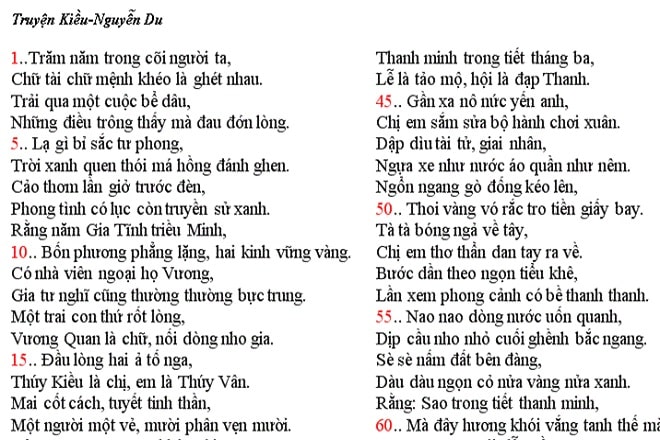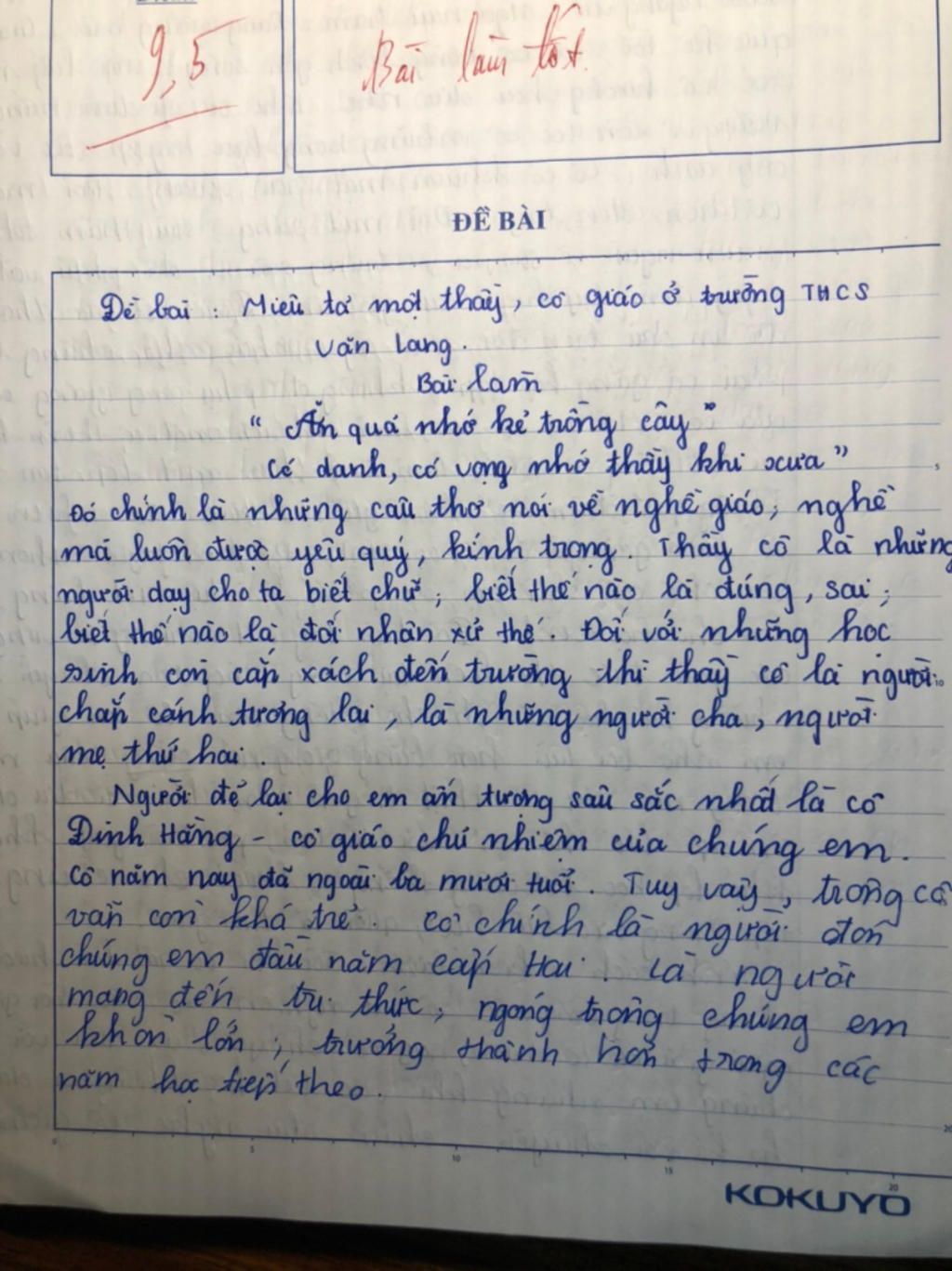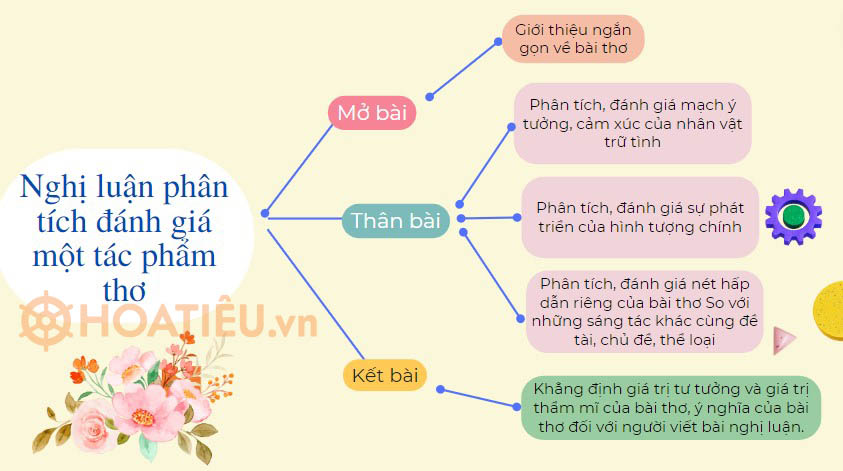[foxdark]
[Viết Một Bài Thơ: Hướng Dẫn Cách Viết Thơ đơn Giản]

Executive Summary

This article will provide a simple guide to writing poetry for beginners, helping you explore the art of verse and express yourself creatively. We’ll cover the basics of poetry, delve into different poetic forms, discuss writing techniques, and explore ways to find inspiration. Whether you’re a seasoned writer or just starting, this guide aims to empower you to embrace your inner poet.

Introduction
Writing poetry can be a deeply rewarding and expressive form of art. It allows you to explore emotions, capture moments, and share your unique perspective with the world. If you’ve ever felt inspired to write poetry but haven’t known where to begin, this guide is for you. We’ll break down the process into simple steps, making it accessible and enjoyable for anyone to discover the joy of writing poetry.
Frequently Asked Questions
What is poetry? Poetry is a form of literature that uses language in a structured and often rhythmic way to create an aesthetic and emotional impact. It can explore various themes, from love and loss to nature and societal issues.
What makes a good poem? A good poem is subjective, but generally, it should have a clear message, strong imagery, engaging rhythm, and a meaningful structure that enhances the content.
Do I need to follow strict rules when writing poetry? While traditional poetic forms like sonnets and haikus have specific rules, free verse poetry allows for more flexibility. The key is to find a form that suits your style and your message.
Understanding Poetic Forms
Poetry takes many forms, each with its own unique characteristics.
Free Verse: Free verse poetry does not adhere to strict rhyme or meter rules. It allows for more flexibility and freedom in terms of structure and language. This form is often used to capture the natural flow of thought and emotion.
- Flexibility: No fixed rhyme or meter rules.
- Natural Language: Uses natural language to convey emotions and thoughts.
- Rhythm and Flow: Creates rhythm and flow through word choice and line breaks.
- Emphasis on Content: Focuses on conveying a message or theme.
Sonnet: A sonnet is a 14-line poem with a specific rhyme scheme. There are two main types: Shakespearean and Italian.
- Structure: 14 lines divided into three quatrains and a final couplet.
- Rhyme Scheme: Shakespearean: ABAB CDCD EFEF GG; Italian: ABBAABBA CDECDE
- Theme: Often explore love, beauty, or the passage of time.
- Meter: Usually written in iambic pentameter, a rhythm of five metrical feet, each with an unstressed followed by a stressed syllable.
Haiku: Haiku is a Japanese form of poetry with a specific syllable count.
- Structure: Three lines with a 5-7-5 syllable structure.
- Focus on Nature: Often focus on nature, capturing a fleeting moment or observation.
- Simplicity and Imagery: Emphasize simplicity, imagery, and evocative language.
- Conciseness: Requires precision and brevity in word choice.
Limerick: A limerick is a five-line poem with a specific rhyme scheme and rhythm.
- Structure: Five lines with a AABBA rhyme scheme.
- Rhythm: Lines 1, 2, and 5 have eight syllables, while lines 3 and 4 have five syllables.
- Humorous Tone: Often used for humorous or lighthearted topics.
- Catchy and Memorable: Their structure and rhyme make them easy to remember.
Writing Techniques
Once you’ve chosen a form or style, consider using these writing techniques to enhance your poem:
Imagery: Create vivid and detailed descriptions using sensory details like sight, sound, smell, touch, and taste.
- Show, Don’t Tell: Use descriptive language to paint a picture in the reader’s mind.
- Specific Details: Include specific details that engage the reader’s senses.
- Figurative Language: Use metaphors, similes, and personification to add depth and meaning.
Figurative Language: Explore metaphors, similes, personification, and other literary devices to create impactful and memorable language.
- Metaphor: A comparison that doesn’t use “like” or “as.” Example: “Her voice was a melody.”
- Simile: A comparison using “like” or “as.” Example: “His eyes were like the ocean.”
- Personification: Giving human qualities to inanimate objects or animals. Example: “The wind whispered secrets.”
Rhythm and Rhyme: Experiment with different rhythms and rhyme schemes to create a desired effect.
- Meter: The regular pattern of stressed and unstressed syllables in a line of poetry.
- Rhyme: The repetition of sounds in words.
- Internal Rhyme: Rhyming words within a single line.
- End Rhyme: Rhyming words at the end of lines.
Voice: Develop a distinct and authentic voice that reflects your unique perspective.
- Tone: The writer’s attitude toward the subject.
- Word Choice: The words you choose can convey a particular tone or feeling.
- Sentence Structure: Sentence structure can influence the rhythm and flow of your poetry.
Finding Inspiration
Inspiration can come from various sources, so explore different avenues to spark your creativity.
Personal Experiences: Draw from your own life experiences, memories, and emotions.
- Journaling: Write down your thoughts and feelings to explore potential themes for your poems.
- Reflection: Reflect on past events and emotions to find inspiration.
- Moments of Inspiration: Pay attention to everyday moments that evoke strong emotions.
Nature: Nature is a rich source of inspiration for poets.
- Observation: Pay close attention to the details of the natural world.
- Sensory Details: Write down sensory details about nature you observe.
- Connection to Emotions: Explore how nature connects to your own emotions.
Art and Literature: Explore other forms of art and literature to find inspiration.
- Visual Art: Look at paintings, sculptures, and photographs for visual inspiration.
- Music: Listen to music that evokes certain emotions or themes.
- Literature: Read poems and other works by your favorite poets.
Current Events: Find inspiration in current events and societal issues.
- Social Justice: Explore themes of social justice, inequality, and human rights.
- Politics: Write about your perspective on current political events.
- Cultural Issues: Address topics that are relevant to your community and culture.
Conclusion
Writing poetry can be a rewarding and empowering experience. By understanding the basics, exploring different forms and techniques, and finding inspiration in your surroundings, you can unleash your creative potential and express yourself through the beautiful art of verse. Remember, there are no right or wrong answers in poetry, so embrace your individuality and let your unique voice shine through.
Keyword Tags
- Poetry writing
- Poetic forms
- Writing techniques
- Finding inspiration
- Creative writing